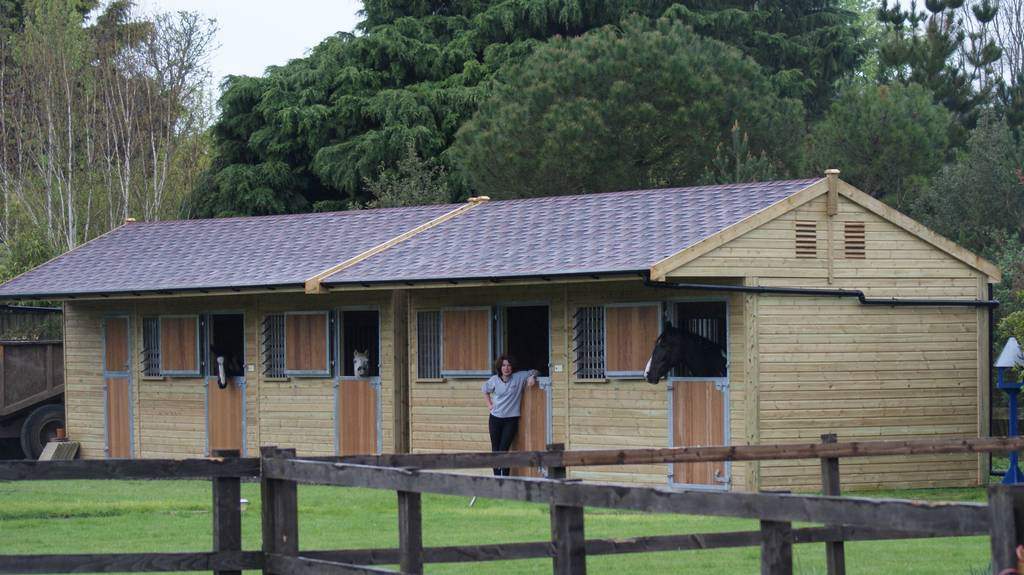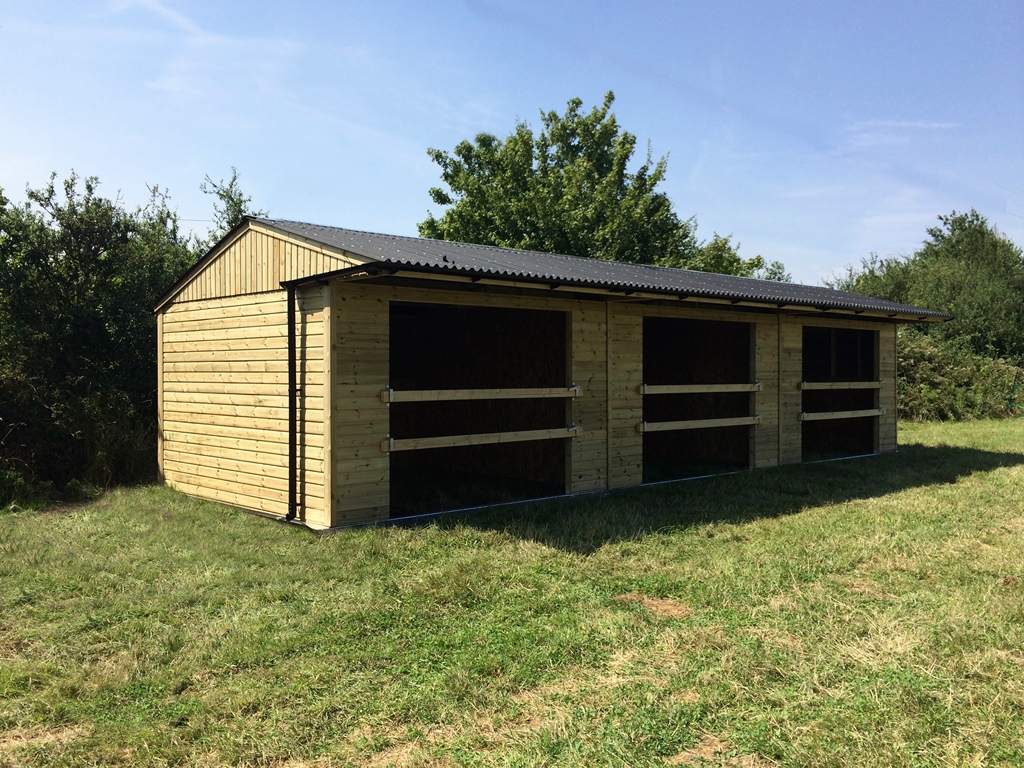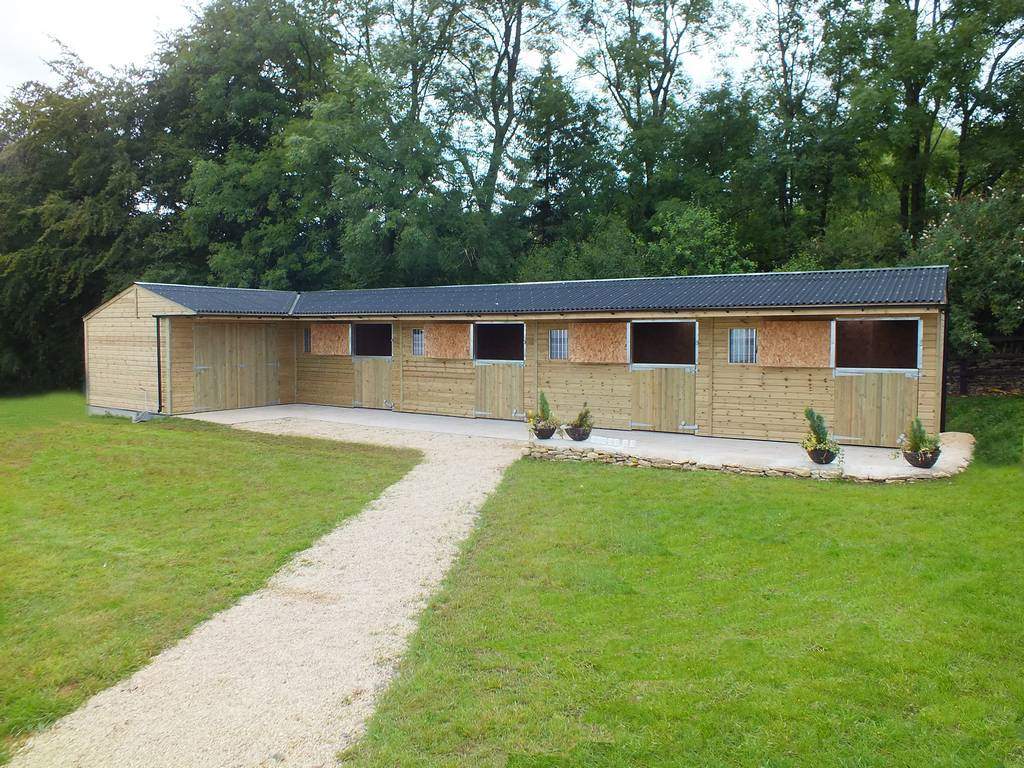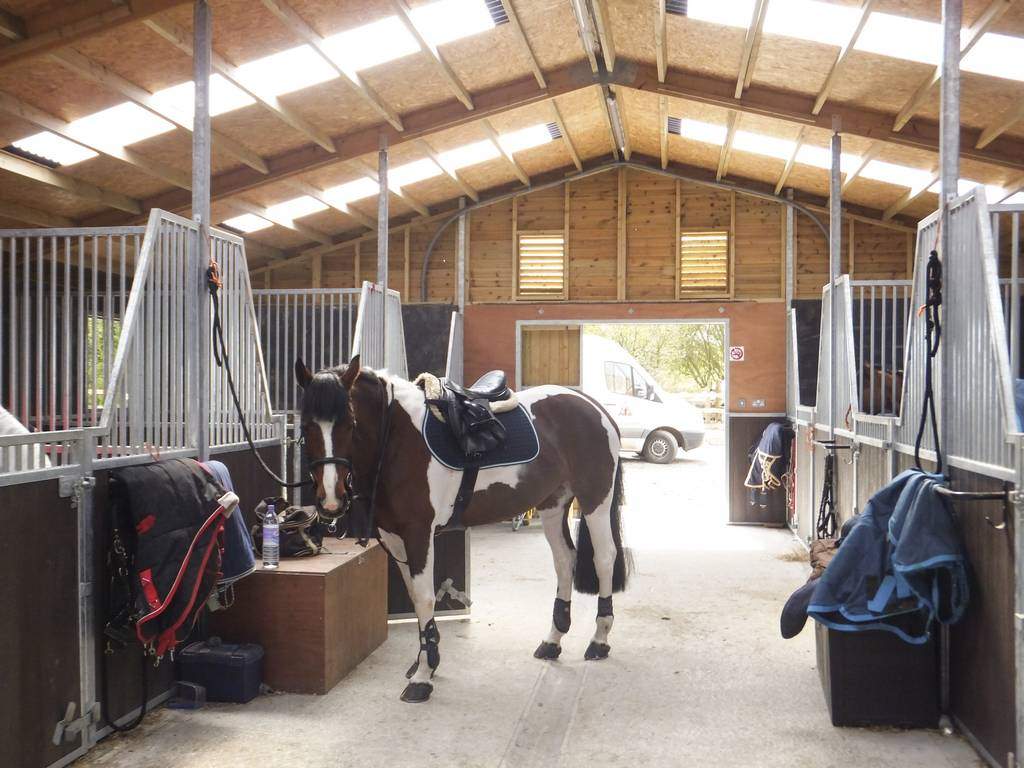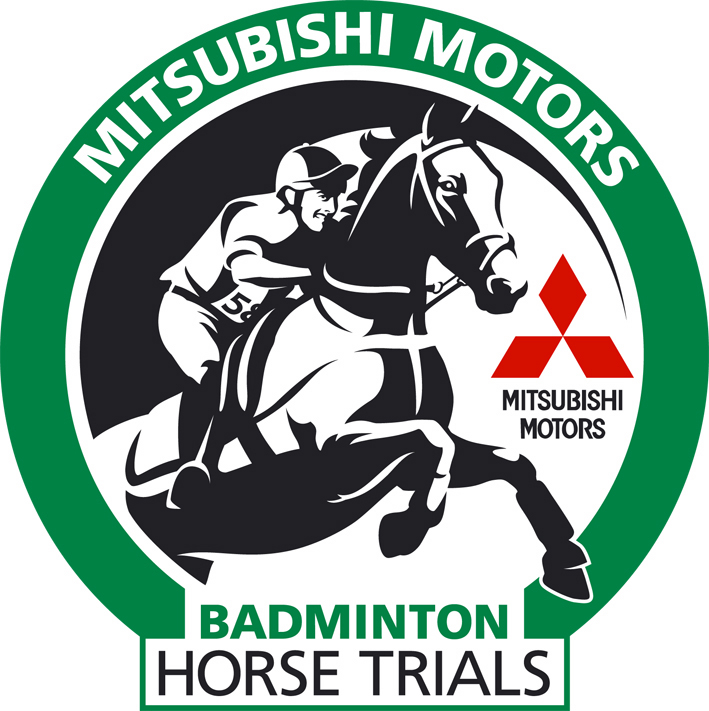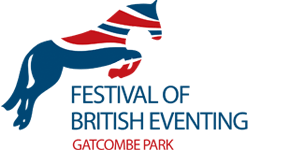Horses are natural grazers which means they like to spend their time outdoors in the fields, but when they are kept inside, it’s essential to make sure that their living space is in good condition. A good stable needs to be sturdy, spacious, comfortable, and safe for both you and your horses.
Planning the perfect stable layout that is adequate for your horses and also makes your day-to-day tasks easier requires a lot of trial and error. Over our 50+ years in a stable business, we’ve done the dirty work for you and compiled all of the best practices here.
If you are planning to upgrade or build a brand-new stable for your horses, here are eight key factors you need to consider:
1. Stable sizes
One of the first things you should decide when designing and building a stable is the size. How many horses you own, or plan to own, will play a big part here. The more horses you have, the more space you need.
The boxes should be roomy and large enough for your horses. The stable dimensions should be adjusted depending on your horses’ size and how much room they will require to turn around, lie down, and get up comfortably. It is also essential to consider the ceiling height; the average height should be around 9 feet plus.
2. Planning Permission
Like any other buildings, you will need planning permission from your local planning authority to build a stable. Not doing so can result in quite costly enforcement actions and can even lead to your building’s demolition. Visit our page to learn more about our full planning service.
3. Windows
Windows are the best natural ventilation and are a great way to let the sunlight into your stable. Your stable will require windows that provide adequate airflow to your stable without causing a draught as found with basic hinged and sliding windows.
At Jon William Stables we use louvre windows as they create good airflow without causing a draught; Ideal range- which measures 600mm wide x 675mm high, and Elite range, which measures 745mm wide x 955mm high. Both are fitted with galvanised steel bars for safety.
4. Ventilation
Having poor ventilation can be quite harmful to your horses as it can create lung and breathing problems. A sound ventilation system will keep your horses safe, dispel the bad smells, and ensure stable longevity.
Our team here at Jon William Stables is proud to say that we are market leaders who build well-ventilated stables. All of our stables have continuous ridge and eave vents. We also offer a unique arbour vent fitted under the overhang on our Ideal and Elite Stable Ranges.
To find out more, visit our stable specification page here.
5. Stable Doors
When choosing a door for your stable, you need to make sure that they are safe and easy to use. There are various stable doors available on the market, with swinging and sliding doors being the most common.
We manufacture three specifications of doors:
1. Intro range doors feature softwood with galvanised tee hinges, pad bolt, holdback catch, kickover latch and bite strip.
2. Ideal Range doors features everything from the Intro range plus adjustable hinges.
3. Elite Range doors have all the above but are made with galvanised steel frames and Iroko hardwood. These are the strongest on the market.
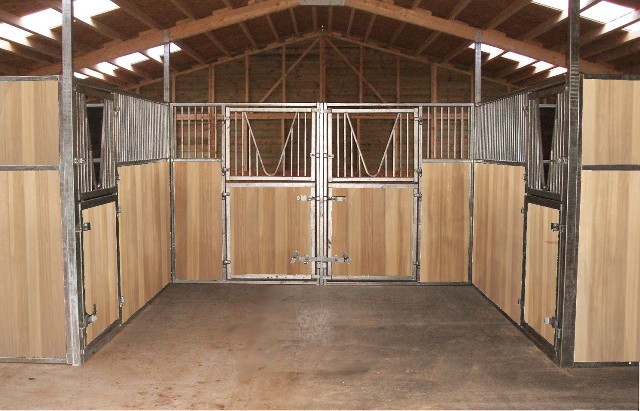
6. Flooring
Horse’s leg and feet conditions are vastly affected by the type of flooring you choose for your stable. When choosing the right flooring, you will want to think about materials, maintenance work required, subfloor construction, drainage features, what is comfortable and safe for your horses, and of course your budget.
7. Design for Safety
When planning or designing a stable, one of the critical factors you shouldn’t overlook is your and your horse’s safety. Ensure that whatever materials you are using are safe and do not cause or worsen your horse’s health conditions. Consider safety features such as fire alarms, sprinkle systems, fire extinguishers, and a sound ventilation system.
8. Lighting
Lighting is once again crucial to everyone’s safety. A dark stable is not only unsafe for both you and your horses, but it also creates an unpleasant environment, especially in winter. The lighting you choose should be cool burning, meaning they shouldn’t generate a lot of heat as this can be hazardous. They should be caged, shatterproof, and bright enough so that you can see clearly during your visit to the stables.
Looking to build a safe, sturdy, and comfortable stable for your horses, or need help planning and designing one? Give us a call on 01380 850 965 or visit our website to learn about our Intro, Ideal, and Elite range stables.
